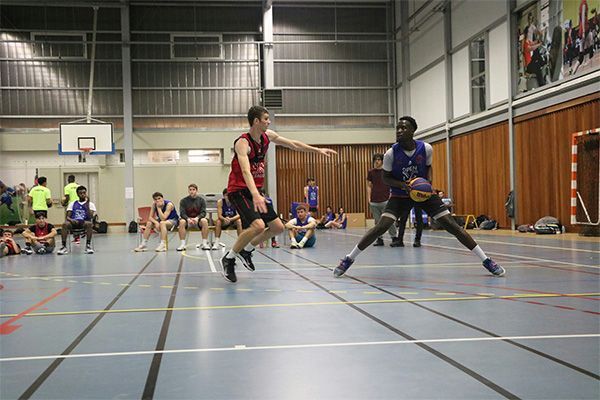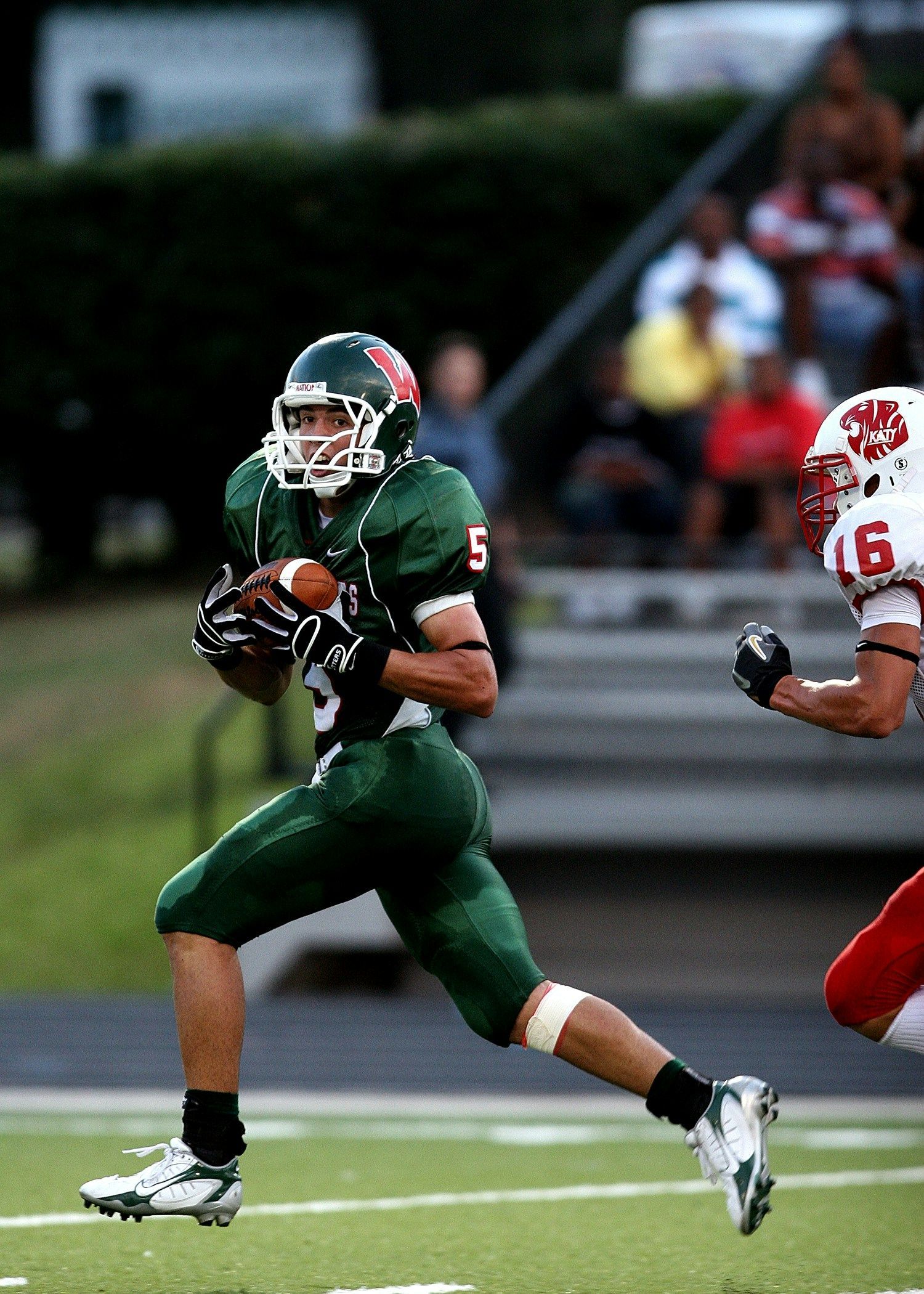By: Brandon Mimick, Ed.D
If you are struggling to see leaders around you, I believe the time has come to look in the mirror and be honest about what role you play in this lack of leaders and what needs to evolve. Trust me, I have been in this position and had to step back, reflect, and be honest with myself about how I might be helping or hindering the process. When I did this, there were a few things I realized that I needed to do:
-
Meet the student/s where they are at in the process. In order to improve, we must be realistic and honest about where we are in the improvement process. Realistic and honest. Realistically, I had to remind myself that the individuals I was working with and getting frustrated about were between the ages of 14 and 18. When I thought about what was frustrating me, it was that these individuals did not fully understand what it was that I was expecting out of them. Honestly, I realized I was working off of assumptions rather than a framework or standard. Here I was, a grown adult, frustrated with adolescents unable to find their way. I would liken it to asking a kid to walk across a minefield, at midnight, blindfolded, with me on the other end yelling, “Why aren’t you here yet?!” Instead, just imagine how much easier it would be if I were right next to the kid, walking the field with them, providing tips and guidance along the way – meeting them where they are at in the process. Even better, what if we took the blindfold off and added a flashlight and metal detector? But how do we do this?
-
Define leadership. Again, as I touched on briefly before, when it came to the improvement process, I realized I was working off of assumptions (blindfold) rather than a framework and standards (flashlight and metal detector). Of course students were not living up to my expectations, I had never defined what it was that I envisioned of a leader and had not dedicated consistent, deliberate time towards equipping and empowering these students. In our system, we use “values” or traits we believe are necessary to possess and that allow us to flourish in times of need. Now, I could list those traits for you, however, I am not you and I do not know how you define leadership and/or understand what it is you and yours need in the context you find yourself. I will say this though, we have 10 “values” currently – and I know people who have used 3 and others who have used 12 – and of those 10, we are currently planning to combine two and evolve them to the next step as one value and then add an additional value we are now seeing needs some attention. But just having leadership defined and identifying traits necessary to enable and empower individuals does not do much good if that information is not shared. Again, consistent, deliberate time must be spent discussing, developing, and reaffirming this definition and these skills we associate with it. Anything worth doing takes time. If we are not willing to dedicate time towards the developmental process we should not be complaining when we are not seeing leaders around us.
-
Take everyone on the journey. Now, we stepped away from that minefield for a second but let’s go back. Let’s be honest, it is most likely not one individual we are trying to get across that field, it is an entire team. In the beginning, our minefield was pitch black, the person crossing was blindfolded, and we were already across and yelling, “Hurry up!” Now, the person crossing has the blindfold off, is equipped with a metal detector and flashlight, and has an adult standing next to them, guiding them through. Here comes the next question, if I need to get an entire team across, does it make sense then to bring the team over, one-by-one, across that field? Is it effective and efficient? What is going on with those individuals not actively engaged when they are not being guided across the field? From my experience, this is where I had the development process backwards. In the past, we had always identified a few individuals we believed had potential to lead and then attempted to take them under our wing to develop. However, we forgot to remind ourselves that the individual we identified was between 14 and 18. So, not only are we asking this individual to be different than those around them – during a time where all they want to do is to belong and be accepted by those around them – but then we have also asked them to disseminate all the information we are telling them to their peers, as well as be the authority figure amongst their peers to make sure everyone is doing what they are supposed to be doing. Easy. How are kids screwing this up? I finally realized we were putting these kids in a no-win situation and admitted a change needed to occur. Rather than spending time on only one or two individuals we identified with potential, we now spend time with the entire team, defining and describing leadership, and establishing standard so that what it is we – the team – expect is clearcut and lived up to as a team. Now, we have guys walking a challenging path together and helping each other along the way rather than one person struggling to pull people with them and/or a group resenting a peer because it was not them who was chosen to be the leader. Back to the minefield. We have now added a can of spray paint that marks our path as we walk across the field. Additionally, we are walking single-file, as a group, from one end to the other, working together and fully engaged by the process of the journey before us.
Want more leaders? Be honest with yourself. What role are you playing in the situation you currently find yourself and what needs to change for things to improve? Are you meeting the individual/s where they are in the process or simply screaming for them at the end to hurry up? Have you defined, verbalized, and developed what it is you are expecting the individual to live up to? And, are these expectations realistic? Again, things worth doing take time. These 14 to 18 year olds are going to make mistakes. However, if we are willing to invest time in them, supporting them along the way, and helping them to better understand what it is they are doing and what it is they are capable of doing, I am confident we will find our way across the minefield!
Brandon Mimick, EdD, CSCS, Bennington HS, NE:
Coach Mimick is currently in his 13th year at Bennington High School where he teaches Strength & Conditioning, is an assistance varsity football coach, and coordinates strength and speed programs for student-athletes throughout the year. Coach Mimick holds a doctorate in interdisciplinary leadership from Creighton University, is a Certified Strength and Conditioning Specialist (CSCS), a Registered Strength and Conditioning Coach (RSCC), and is Reflexive Performance Reset Level 1 (RPR). In 2018, Coach Mimick was named the Nebraska Coach of the Year by the National High School Strength Coaches Association (NHSSCA). Coach Mimick resides in Bennington with his wife, Casey, and his two daughters: Finnley (3) and Hattie (almost 1). You can follow and create a continued dialogue with Coach on Twitter @M_i_m_i_c_k.
The post Is Your Leadership Process Broken? appeared first on Focus Therapy.










